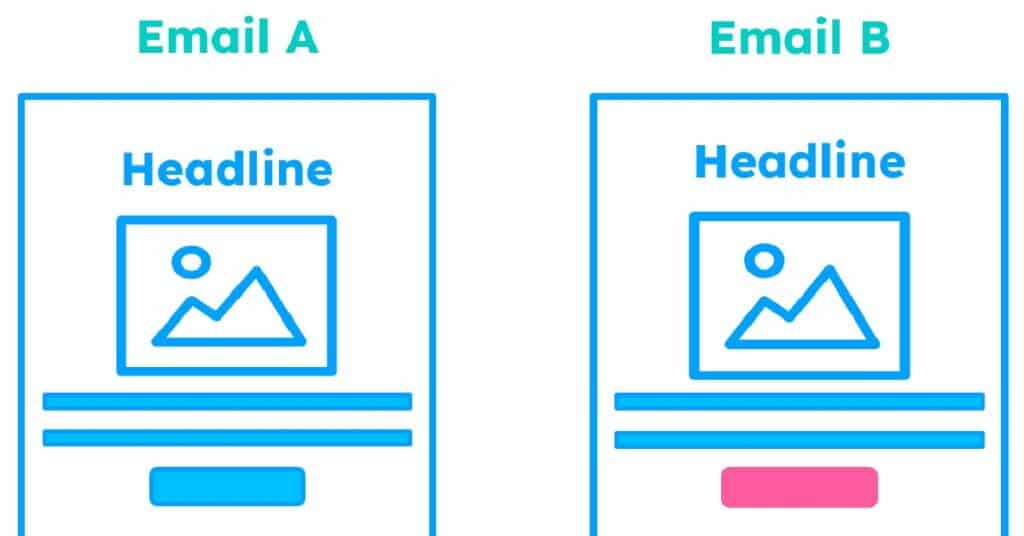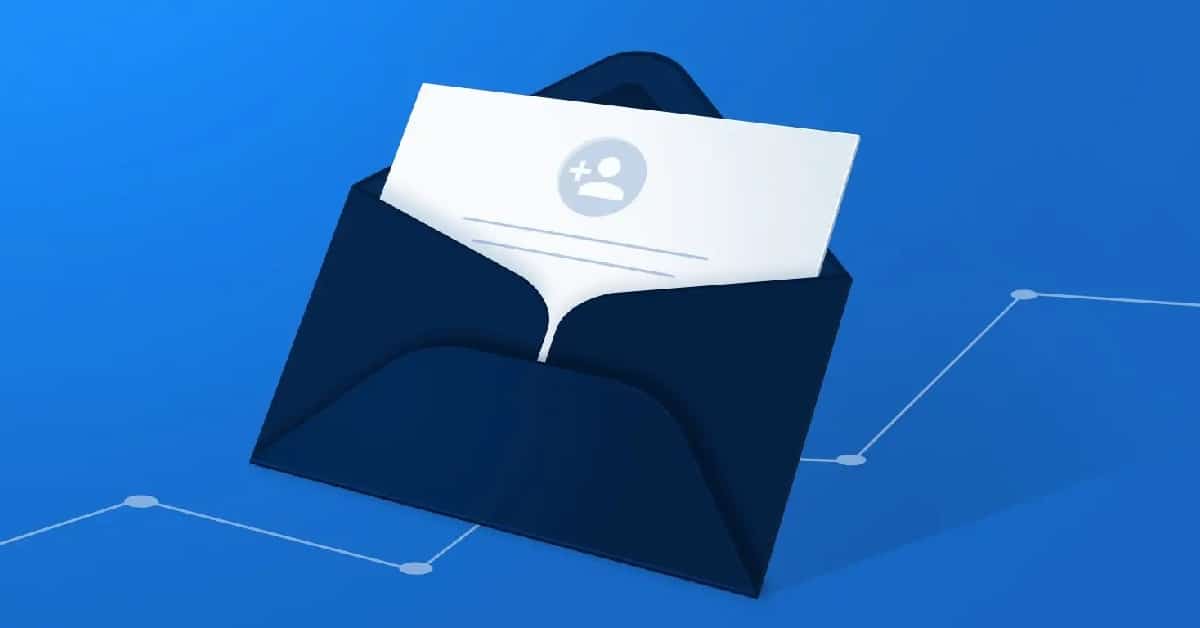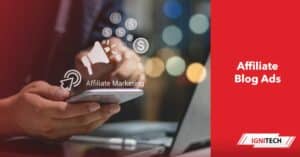Email marketing continues to be a powerful tool for businesses to connect with their audience and drive conversions. The ability to write emails that not only grab attention but also convert readers into customers is crucial for the success of any marketing campaign. According to a recent study, email marketing has an average return on investment (ROI) of 3800%, making it a highly effective strategy for generating leads and driving sales.
Imagine this scenario: You’ve meticulously crafted an email campaign and spent hours perfecting the design and crafting compelling content, but when you hit the send button, the response is lukewarm at best. Sound familiar? Well, worry not! This article will provide you with six essential rules that will help you master the art of writing emails that convert.
Let’s dive in and explore the strategies and techniques that can elevate your email marketing game and maximize your conversion rates.
Rule 1: Crafting Attention-Grabbing Subject Lines

The subject line is the gateway to your email. It’s the first impression that determines whether your email will be opened or swiftly deleted. In this section, we’ll uncover the secrets to creating subject lines that captivate your readers’ attention and entice them to click open.
1. Understand your audience: Tailor your subject lines to resonate with your target audience’s interests, pain points, or aspirations.
2. Personalization: Use personalization tokens, such as the recipient’s name, to make the subject line feel more personalized and relevant.
3. Curiosity and intrigue: Create subject lines that pique curiosity and leave readers wanting to know more.
4. Urgency: Incorporate words that create a sense of urgency, such as “limited time offer” or “ending soon,” to encourage immediate action.
5. A/B testing: Experiment with different subject lines to identify the ones that generate the highest open rates.
Remember, a captivating subject line is the first step towards getting your emails noticed and opened by your audience.
Rule 2: Understanding Your Audience
To truly connect with your audience and compel them to take action, you must understand their needs, preferences, and pain points. In this section, we’ll explore strategies for conducting audience research and creating buyer personas.
1. Analyze customer data: Dive deep into your customer data to gain insights into their demographics, behavior, and preferences.
2. Surveys and feedback: Conduct surveys or collect feedback to understand your audience’s challenges, motivations, and desires.
3. Social listening: Monitor social media platforms and online communities to identify trends, topics, and conversations relevant to your audience.
4. Create buyer personas: Develop detailed buyer personas that represent your target customers, including their demographics, interests, and goals.
5. Tailor your emails: Customize your email content to address the specific needs and pain points of different customer segments.
By understanding your audience on a deeper level, you can create emails that resonate with them and drive higher conversion rates.
Rule 3: Writing Compelling and Persuasive Email Content
Great email content goes beyond aesthetics; it captivates readers, builds trust, and drives them toward a desired action. In this section, we’ll explore techniques for crafting persuasive and engaging email content.
1. Start strong: Grab readers’ attention from the very first sentence by using a compelling hook or a thought-provoking question.
2. Personalization: Use the recipient’s name and other relevant personal details to make the email feel tailored and personalized.
3. Storytelling: Tell stories that evoke emotions and create a connection with your readers, making your content more memorable and engaging.
4. Benefits-focused: Highlight the benefits and value your products or services bring to the reader, focusing on how it solves their problems or fulfills their desires.
5. Clear call-to-action (CTA): Provide a clear and compelling CTA that tells readers exactly what action you want them to take and why they should do it.
By crafting compelling and persuasive email content, you can inspire your readers to take the desired action, whether it’s making a purchase, signing up for a webinar, or downloading a resource.
Rule 4: Optimizing for Mobile Devices
It’s essential to ensure that your emails are optimized for mobile devices. With a significant portion of email opens happening on smartphones and tablets, neglecting mobile optimization can lead to missed opportunities for conversions. In this section, we’ll explore strategies for designing mobile-friendly emails.
1. Responsive design: Implement a responsive email design to ensure that your emails adapt to different screen sizes and devices seamlessly.
2. Simplified layout: Keep the layout clean and uncluttered, with a focus on concise messaging and easy-to-tap buttons or links.
3. Font size and readability: Use legible fonts and ensure that the text is large enough to be read comfortably on smaller screens.
4. Clear call-to-action (CTA): Make your CTAs prominent and easy to tap, ensuring that they are well-positioned within the email.
5. Preview text optimization: Craft engaging preview text that entices readers to open the email and continue reading.
6. Test on multiple devices: Test your emails across various mobile devices and email clients to ensure consistent rendering and optimal user experience.
By optimizing your emails for mobile devices, you can enhance the user experience and make it easier for mobile users to engage with your content, leading to higher conversion rates.
Rule 5: A/B Testing and Data-Driven Iteration

To continually improve your email conversion rates, it’s crucial to embrace A/B testing and data-driven iteration. By experimenting with different elements and analyzing the results, you can uncover insights and make data-backed improvements. In this section, we’ll explore the importance of A/B testing and provide guidelines for effective testing.
1. Identify testing variables: Determine the specific elements you want to test, such as subject lines, email copy, CTAs, or design elements.
2. Establish a control group: Create a control group that receives the current version of your email, while the test group receives the variation you want to test.
3. Test one variable at a time: To accurately measure the impact of each change, test one variable at a time, keeping other elements constant.
4. Define success metrics: Establish clear metrics to measure the success of your A/B test, such as open rates, click-through rates, or conversion rates.
5. Analyze and iterate: Analyze the results of your A/B test and identify the winning variation. Implement the successful changes in your future email campaigns.
6. Continuous testing: Make A/B testing an ongoing practice to continually optimize your email marketing efforts and improve conversion rates.
By leveraging A/B testing and data-driven iteration, you can uncover valuable insights about your audience’s preferences and behaviors, leading to more effective email campaigns and higher conversion rates.
Rule 6: Nurturing Customer Relationships with Email Automation
Email automation allows you to nurture customer relationships effectively and drive conversions through timely and personalized communication. In this section, we’ll explore the benefits of email automation and provide examples of automated email campaigns that convert.
1. Welcome series: Create a series of automated emails to welcome new subscribers and introduce them to your brand, products, or services.
2. Abandoned cart recovery: Send automated emails to customers who have abandoned their shopping carts, reminding them to complete their purchase and offering incentives if possible.
3. Drip campaigns: Set up automated drip campaigns that deliver a series of relevant and valuable emails to subscribers over time, nurturing them through the buyer’s journey.
4. Upsell and cross-sell campaigns: Use automated emails to promote complementary or upgraded products to existing customers based on their past purchases or browsing behavior.
5. Re-engagement campaigns: Target inactive subscribers with automated emails designed to re-ignite their interest and encourage them to take action.
6. Personalization and segmentation: Leverage customer data to personalize your automated emails and segment your audience for more targeted and relevant communication.
By harnessing the power of email automation, you can build stronger customer relationships, deliver timely and personalized content, and ultimately drive higher conversions.
Writing emails that convert is a skill that can significantly impact your business’s success. By implementing the six rules discussed in this article, you can create emails that not only grab attention but also inspire readers to take action, ultimately driving conversions and achieving your marketing goals.
Remember, email marketing is an iterative process. Continuously monitor and analyze your email performance, adapt to your audience’s preferences, and strive for ongoing improvement. With a well-executed email strategy, you can unlock the full potential of email conversion and propel your business toward greater success.
Now go ahead and put these rules into action to write emails that convert and maximize the effectiveness of your email marketing campaigns. Happy writing and converting!
FAQs
Ideally, keep your subject line within 40-50 characters to ensure it’s fully visible on both desktop and mobile devices. However, depending on the context and the value proposition, you can experiment with shorter or slightly longer subject lines.
Emojis can add visual appeal and personality to your subject lines, making them stand out in a crowded inbox. However, use them sparingly and ensure they are relevant to the email’s content and your brand’s tone.
The frequency of your marketing emails depends on your audience’s preferences and the nature of your business. Generally, it’s best to maintain consistency without overwhelming your subscribers. Test different frequencies and monitor engagement metrics to find the optimal balance.
Your email signature should include your name, position, and contact information. You can also include relevant links, such as your website, social media profiles, or a link to a specific landing page related to the email’s content.
Track key performance indicators (KPIs) such as open rates, click-through rates (CTRs), conversion rates, and overall ROI. Use email marketing analytics tools to gain insights into your campaign’s performance and make data-driven decisions for improvement.
Yes, it’s essential to comply with applicable laws and regulations, such as the CAN-SPAM Act (in the United States) or the General Data Protection Regulation (GDPR) in the European Union. Familiarize yourself with these laws and ensure you have proper consent and opt-out mechanisms in place.
Our Related Articles
- 10 Reasons Why Email Marketing Is Important For ECommerce?
- Tips On Writing Outstanding Festive Ecommerce Emails
- 13 Email Marketing Strategies For A Winning Campaign
- Avoid These 10 Email Marketing Mistakes To Boost Your E-Commerce Sales
- 7 Email Personalization Techniques That Go Beyond Just Names
- Avoid These 10 Email Marketing Mistakes To Boost Your E-Commerce Sales
 Anas is our go-to copywriter with a knack for crafting persuasive and high-converting eCommerce landing pages. His passion for words and understanding of consumer psychology helps turn visitors into loyal customers. When he's not refining his copy, Anas enjoys exploring the latest digital marketing trends and experimenting with new writing techniques. His blend of creativity and strategic thinking makes him an indispensable part of our energetic team.
Anas is our go-to copywriter with a knack for crafting persuasive and high-converting eCommerce landing pages. His passion for words and understanding of consumer psychology helps turn visitors into loyal customers. When he's not refining his copy, Anas enjoys exploring the latest digital marketing trends and experimenting with new writing techniques. His blend of creativity and strategic thinking makes him an indispensable part of our energetic team.












